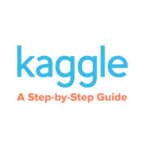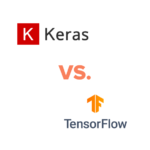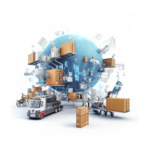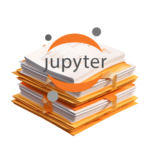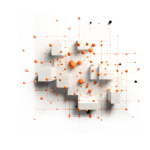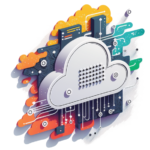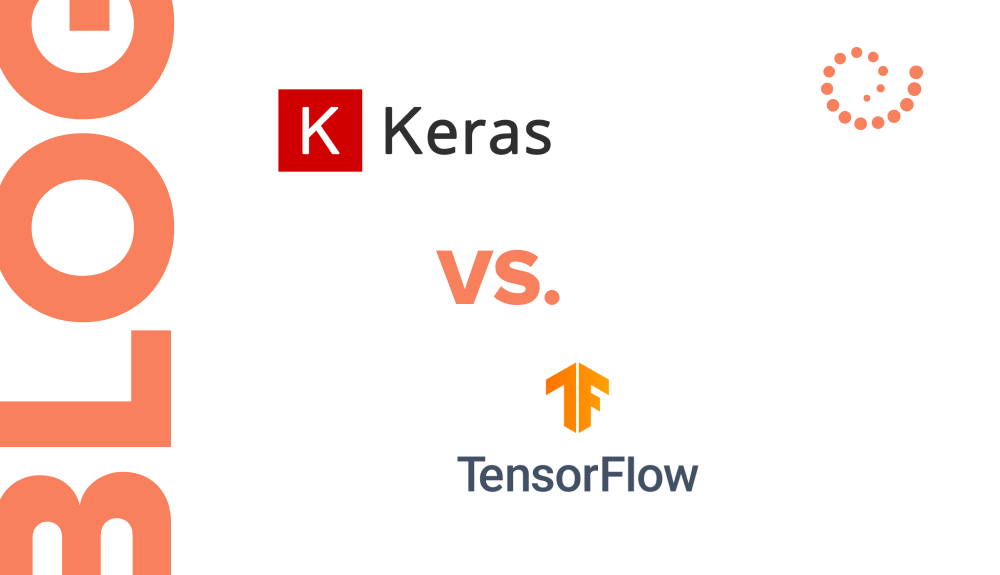
Keras vs. TensorFlow: Understanding the Powerhouse Duo of Deep Learning
Ksenia Nikolaenko | October 5th, 2023
In the world of deep learning and neural networks, two names consistently rise to the top: Keras and TensorFlow. While they are often mentioned together, there are critical distinctions between the two. In this technical article, we will dive deep into the Keras vs. TensorFlow debate, examining their strengths, weaknesses, and when to choose one over the other.
Understanding the Relationship
Before we dive into the comparison, it’s essential to clarify their relationship. Keras is not an independent deep learning framework but rather a high-level neural networks API that runs on top of other frameworks, with TensorFlow being the most popular backend. Keras provides an elegant and user-friendly interface for building and training neural networks, making it accessible for both beginners and experts.
TensorFlow: The Powerhouse Framework
Strengths:
- Flexibility: TensorFlow offers a high level of flexibility, allowing you to define every aspect of your neural network architecture and training process. This is beneficial for researchers and practitioners who want fine-grained control.
- Community and Ecosystem: TensorFlow boasts a massive and active user community. As a result, it has a rich ecosystem with a wide array of pre-built models, tools, and extensions available through TensorFlow Hub and TensorFlow Addons.
- Scalability: TensorFlow’s distributed computing capabilities make it a natural choice for large-scale machine learning tasks. It is frequently used in production environments and can run on GPUs, TPUs, and even across multiple machines.
- TensorBoard: TensorFlow’s integrated visualization tool, TensorBoard, is a powerful aid for monitoring and debugging your models during training.
Weaknesses:
- Steep Learning Curve: TensorFlow’s flexibility comes at a cost. It can be challenging for beginners to grasp, and the verbosity of code can be intimidating.
- Complexity: Writing custom layers and operations in TensorFlow can be complex and time-consuming.
Keras: The User-Friendly Frontend
Strengths:
- Ease of Use: Keras is designed to be user-friendly and intuitive. It abstracts much of the low-level TensorFlow complexity, making it an excellent choice for newcomers to deep learning.
- Fast Prototyping: Keras enables rapid prototyping of neural networks, allowing you to experiment with different architectures quickly.
- Readable Code: Keras code tends to be more concise and readable compared to equivalent TensorFlow code.
- Compatibility: Keras has been integrated into TensorFlow as the official high-level API since TensorFlow 2.0, ensuring compatibility and synergy between the two.
Weaknesses:
- Limited Flexibility: While Keras offers great simplicity, it sacrifices some flexibility. It may not be the best choice for advanced users who require precise control over every aspect of their models.
- Reduced Customization: Customizing layers and operations is more challenging in Keras than in pure TensorFlow.
When to Choose Keras or TensorFlow?
Choose TensorFlow When:
- You are working on complex projects requiring fine-grained control over every aspect of your models.
- Scalability and distributed computing are essential for your application.
- You need access to a wide range of pre-built models and community-contributed resources.
Choose Keras When:
- You are a beginner or want to quickly prototype neural networks.
- Code readability and simplicity are crucial for your project.
- You prioritize ease of use over maximum customization.
The Verdict
Keras and TensorFlow are not mutually exclusive; in fact, they complement each other. TensorFlow provides the underlying framework with unparalleled flexibility, scalability, and production-readiness. Keras, on the other hand, offers a friendly interface for quick experimentation and prototyping.
Your choice between Keras and TensorFlow depends on your specific needs and expertise. Many practitioners use both, leveraging Keras for rapid prototyping and TensorFlow for production-scale deployments. Ultimately, the Keras vs. TensorFlow debate is not about one being better than the other but about selecting the right tool for the task at hand.
Related posts
- How to Use Kaggle Datasets for Research: A Step-by-Step GuideUse Kaggle datasets for research responsibly. Steps: Create an account, explore, check licenses, clean data, conduct research, cite, and share.
- Keras vs. TensorFlow: Understanding the Powerhouse Duo of Deep LearningKeras and TensorFlow complement each other, choose based on needs and expertise.
- Deep Dive into eProcurement: New Article SeriesDeep dive into eProceurement: New Article Series — Stay tuned for expert advice & best practices that empower professionals in the eProcurement industry.
- Version Control of Jupyter NotebooksLearn how to effectively manage version control for Jupyter Notebooks. Discover tools like nbdime and nbconvert that enable viewing differences, enhancing code review, and streamlining workflows.
- Anemic Domain Model Anti-PatternAvoid the Anemic Domain Model anti-pattern: learn its drawbacks, violations of OOD principles, and strategies to build cohesive domain models.
- The Most Efficient Development Philosophy: Think DevOpsIn the world of modern technologies, software development is one of the fastest-evolving areas. Through the last decades, even development approaches changed and brought out new methodologies. The most popular one today is DevOps. What Kind of Beast is DevOps? Sometimes DevOps is considered as just a term for particular tools, in fact being a
Let’s start building something great together!
Contact us today to discuss your project and see how we can help bring your vision to life. To learn about our team and expertise, visit our ‘About Us‘ webpage.

Recent Posts
- How to Efficiently Scale Your Startup’s Tech Stack for Maximum Growth
- Shine in Your Interview: 3 Dos and Don’ts to Prove Your Competence with Confidence
- Elevator Pitch: How to “Sell” Yourself in One Minute
- 9 Best Places to Find Free Datasets for Your Next Project
- 9 Key Measures to Protect Digital Assets and Ensure Data Integrity
